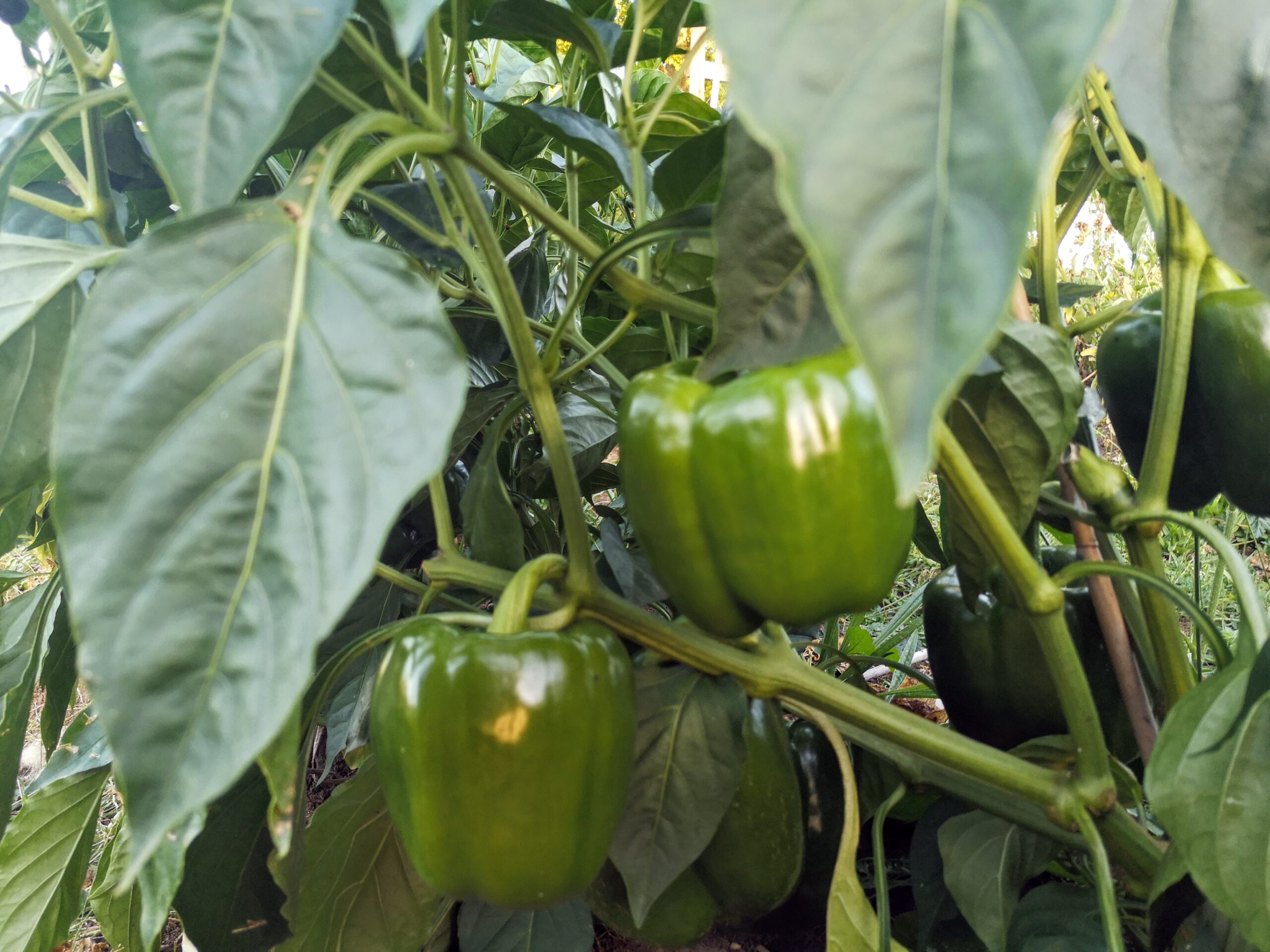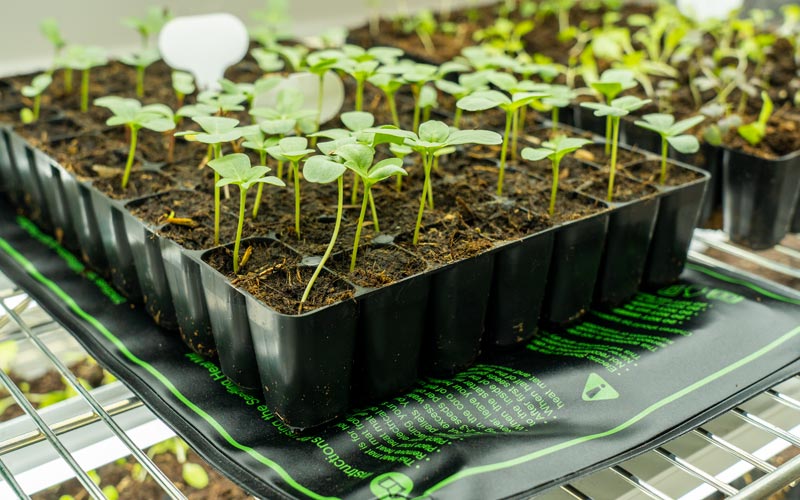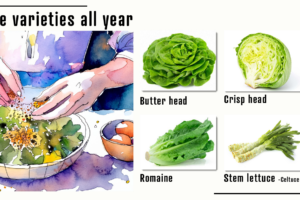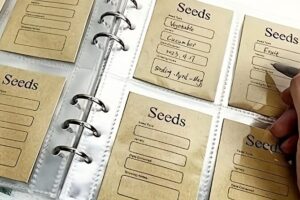
Capsicums – Bell Peppers
Capsicum
I’ve had increasing success with growing bell peppers over the last 5 years, much of it has had to do with soil preparation and one particular foliage spray that I’ll tell you about in this post. Growing large flavorsome fruit requires attention to several key factors, from the initial planting phase through to harvest. Here are some tips and tricks to help you grow healthy and productive bell pepper plants:
1. Start Seeds Indoors
- Start bell pepper seeds indoors 8-10 weeks before the last frost date. This gives them a head start, especially in cooler climates.
- Use a seed starting mix and keep the soil moist but not waterlogged.
2. Temperature Control

- Maintain the soil temperature at 27°C to 32°C (80°F to 90°F ) for germination. After germination, keep the ambient temperature around 21°C to 24°C (70°F to 75°F).
- These temperatures can be difficult to maintain if you are starting your seeds off in late winter and early spring. Use heating mats if necessary to maintain soil temperature for germination. I highly recommend this based on the germination rate differences I’ve recorded with and without a heat map.
3. Lighting
- Provide plenty of light to young plants to avoid leggy growth. If using artificial lights, keep them on for 14-16 hours a day and position the lights a few inches above the plants, raising them as they grow.
4. Hardening Off
- Before transplanting outdoors, acclimate seedlings to outdoor conditions by gradually increasing their exposure to sunlight and outdoor temperatures for 7-10 days.
5. Soil and Location
- Choose a sunny location that receives at least 6-8 hours of sunlight per day.
- Bell peppers prefer well-draining soil with a pH of 6.2 to 7.0. Amend the soil with compost or other organic matter to improve fertility and drainage. This year I mounded and then flattened the top of the beds to allow for more drainage. The capsicum beds went into a space that had a late winter manure crop decomposed in it.
6. Watering
- Don’t let the soil dry out completely. Mulching can help retain soil moisture and regulate soil temperature.
- Water the plants deeply, especially during dry spells, to encourage deep root development.
- Bell peppers can tolerate not being watered every day. Every few days is better if watering deeply.
7. Fertilization
- Compost is always best, if you can innoculate it with animal manure then this will support root and fruit development. Use a balanced fertilizer otherwise at the time of planting and then switch to a phosphorus-rich fertilizer when the plants start flowering.
- My favored method instead of using fertilizer is to use Epsom salts as a foliage spray as the buds are forming. It promotes excellent growth and increases flavor.
- Avoid over-fertilizing, especially with nitrogen, as this can promote leaf growth at the expense of fruit development.
8. Support
- Provide support for your plants as they grow. Stakes or cages can help support the plant and prevent branches from breaking under the weight of the fruit. Do this early and make sure your stakes are pushed nice and deep to ensure support. Branches break and split quite easily.
9. Pest and Disease Management
- Watch for common pests like aphids, white flies (in NZ) spider mites, and pepper weevils are listed as pests in other parts of the world. Use insecticidal soap or neem oil for control.
- Practice crop rotation and clean up plant debris to prevent disease.
10. Harvesting
- Harvest bell peppers when they are firm and fully colored. Cutting the fruit from the plant with a sharp knife or scissors is better than pulling them off.
- Peppers can be harvested at any color stage, but their sweetness increases as they mature from green to yellow, orange, or red.
11. Patience
- Bell peppers take longer to mature than many other vegetables. Be patient and give them time to develop fully.
Using Epsom Salts

Using Epsom salts (magnesium sulfate) in the garden for bell peppers and other plants is a popular practice among many gardeners, attributed to its supposed benefits for plant health and productivity. Here are some of the key benefits often cited for using Epsom salts with bell peppers:
I use 1 teaspoon dissolved in 1 litre of warm water.
1. Magnesium Supply
- Boosts Chlorophyll Production: Magnesium is a central component of chlorophyll, the molecule responsible for photosynthesis. Applying Epsom salts can help increase chlorophyll production, potentially leading to greener, more vigorous plants.
- Prevents Magnesium Deficiency: Symptoms of magnesium deficiency in plants include yellowing leaves (chlorosis) between the leaf veins on older leaves and stunted growth. Epsom salts can help prevent or correct magnesium deficiency.
2. Sulfur Supply
- Enhances Flavor and Nutrition: Sulfur is another component of Epsom salts that is essential for plant health. It plays a role in the formation of amino acids, proteins, and enzymes. Sulfur can also contribute to the development of vitamins and enhance the flavor of bell peppers.
- Improves Plant Resilience: Sulfur has been linked to improved resistance to environmental stress and certain plant diseases.
3. Improved Fruit Production
- Enhanced Flowering and Fruit Set: Some gardeners report that Epsom salts can lead to more flowers and a higher yield of fruit. This is thought to be due to the improved overall health of the plant and better nutrient uptake facilitated by magnesium.
- Bigger, Tastier Peppers: Anecdotal evidence suggests that Epsom salts can result in larger and more flavorful peppers, although scientific studies on this specific benefit are limited.
How to Use Epsom Salts
- Soil Application: You can sprinkle Epsom salt around the base of your bell pepper plants or dissolve it in water and apply it to the soil. This can help improve soil magnesium levels and benefit the plants.
- Foliar Spray: Dissolving Epsom salt in water and using it as a foliar spray is another method. Spraying the leaves can provide a quick nutrient boost, especially if a plant is showing signs of magnesium deficiency.
Considerations
- Soil Test Recommended: Before using Epsom salts, it’s a good idea to perform a soil test. This will tell you if your soil is deficient in magnesium. Adding Epsom salts to soil that already has sufficient magnesium might not be beneficial and could even create an imbalance in soil nutrients.
- Moderation is Key: As with any supplement, using Epsom salts should be done in moderation. Overuse can lead to an accumulation of salts in the soil, which might harm plant roots and soil health over time.
While many gardeners swear by the use of Epsom salts for their bell peppers and other plants, it’s important to note that scientific evidence supporting these benefits is limited. The effectiveness can vary depending on soil conditions, plant types, and other environmental factors.
Tag:bell pepper, capsicum



